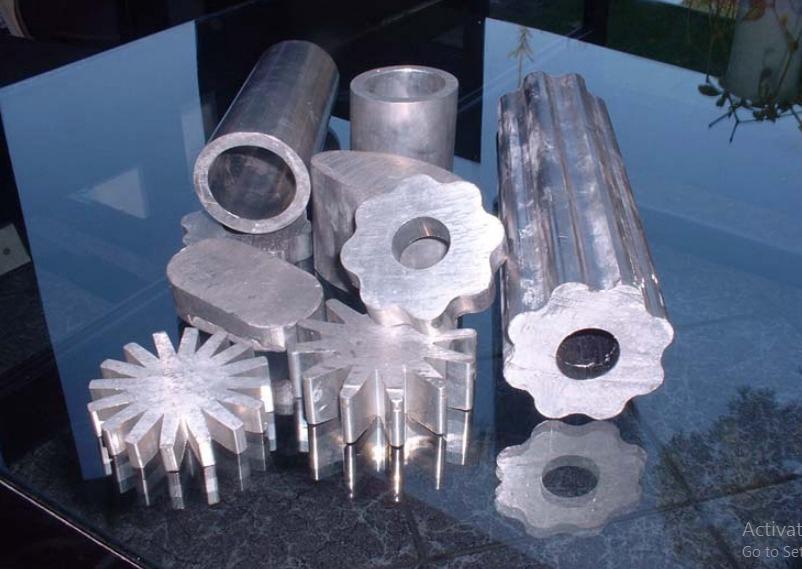Dense internal structure, no cold barrier, shrinkage cavity, shrinkage porosity.
It has been extruded many times by special calendaring equipment, which has high strength, is not easy to bend and deform, and at the same time improves the conductivity of the anode.
Due to the use of rolling production technology and the increase of tin content, its corrosion resistance has been improved, the surface is not easy to generate lead chromate and passivation, and the anode slag is less, making the plating solution cleaner.
The alloy composition is uniform and there is no segregation phenomenon, and the conductivity is uniform, which improves the uniformity of the chromium plating layer thickness.
The connection between the copper hook and the lead-tin rod is coated with glue, so the copper hook will not be corroded.
Long service life.
Benefits of EXTRUDED LEAD TIN ANODES :
Dense Structure, No Cold Barrier, Shrinkage Cavity, Shrinkage porosity.
The alloy composition remain more uniform than casting and minimum segregation phenomenon is observed.
Conductivity is uniform throughout anode hence uniform chrome plating thickness is observed.
Due to extrusion technology, corrosion resistance is increased and surface in not easy to generate lead chromate and passivation, and the anode slag is less, making plating solution cleaner.
Long use life.
